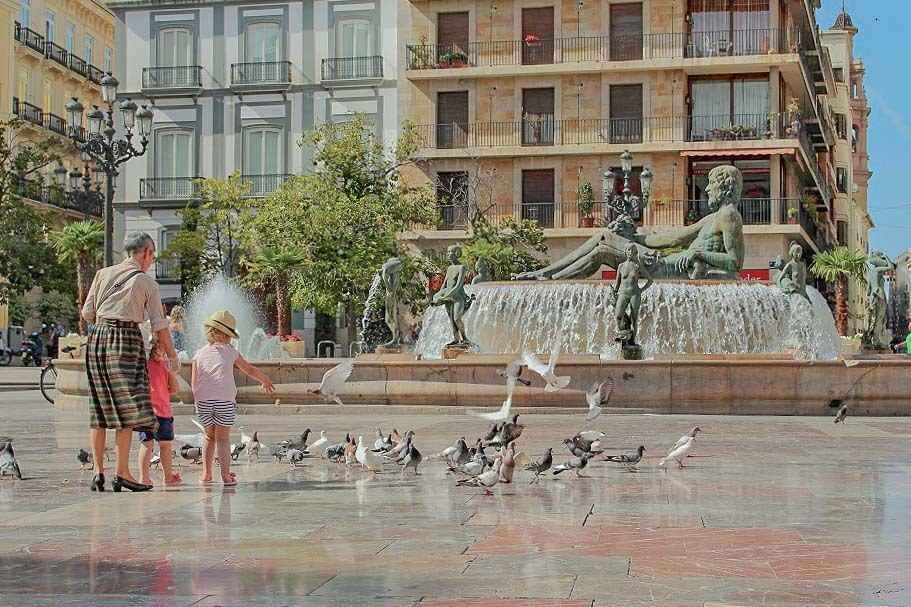Firework regulations, safety and injury statistics | Latest Headlines
5 min read
NEBRASKA — The Fourth of July will be here before you know it and lighting off fireworks on Independence Day is an American tradition.
However, if done improperly, it can lead to injury, property damage and even death. The National Safety Council Nebraska lists some firework safety tips to follow this holiday season.
Consumer fireworks may only be possessed, used or discharged by a person 16 years of age or older; provided, that a person 12 years of age or older and less than 16 years of age may possess, use or discharge consumer fireworks, but only when in the immediate presence of and under the direct supervision of an adult 19 years of age or older, according to NFPA.
A variety of fireworks may be sold across Nebraska; however, there are some restrictions. Fireworks sold at Nebraska stands must be legal in Nebraska. It is against the law to transport illegal fireworks into the state. For a full list of illegal fireworks, visit Nebraska State Fire Marshal site.
The Nebraska State Fire Marshal states permissible fireworks, which include sparklers, foundations, torches, cones, aerial shells, cannot exceed 50 milligrams of explosive composition.
People are also reading…
Display fireworks are for public exhibitions and these firecrackers cannot exceed 130 milligrams of explosives and aerial shells cannot exceed more than 40 milligrams.

Injury can result from improper use of fireworks, the NFPA has statistics listed on their website.
• Fireworks started an estimated 19,500 fires in 2018, including 1,900 structure fires, 500 vehicle fires, and 17,100 outside and other fires. These fires caused five deaths, 46 civilian injuries, and $105 million in direct property damage.
• In 2018, U.S. hospital emergency rooms treated an estimated 9,100 people for firework related injuries; half of those injuries were to the extremities and 34 percent were to the eye or other parts of the head. Children younger than 15 years of age accounted for more than one-third, 36 percent, of the estimated 2018 injuries.
According to the Nebraska State Fire Marshal, the most common body part injured from fireworks is the eyes and hands, lesser so are the legs and face. The most common injuries were second degree burns, followed by first degree burns and abrasions.
The most common reasons for injury are a person holding the device during discharge or they were too close to a discharging firework.
The age groups which were injured the most in Nebraska in 2018 were 11 to 19 year olds, followed by 20-29 year olds. Males were injured at a greater rate than females.
The Consumer Product Safety Commission released an annual report about injuries and deaths related to fireworks in 2019.
CPSC staff received reports of 18 non-occupational fireworks-related deaths during 2020. Twelve of the deaths were associated with firework misuse, one death was associated with an electric match malfunction, and five incidents were associated with unknown circumstances.
The CPSC went into detail about the circumstances of some of the deaths.
“In June, a 34-year-old male victim died after he attempted to deploy a mortar firework from the passenger seat of a moving vehicle. The driver of the vehicle reports that the victim held the base of a mortar firework and pointed the top of the firework out of the vehicle window. The victim lit the firework and the base of the device compressed against his chest, causing his fatal injuries.”
“In July, a 21-year-old male victim was fatally injured while detonating a fireworks device in a school parking lot. The victim and his friend had been shooting fireworks at people in the parking lot when the victim attempted to light an artillery shell fireworks device. The device exploded near the victim’s leg causing a large open wound.”
“In July, a 23-year-old male victim had been lighting various types of firework devices to celebrate Independence Day in his driveway. The victim lit a firework device that had a mortar on top of a foot-long pole and held it above his head as he walked around the driveway. The device exploded and the victim fell to the ground; the victim’s brother called 911. The victim sustained major trauma to his hands and fingers, and a large wound to his head.”
According to the CPSC report, fireworks were involved in an estimated 10,000 injuries treated in U.S. hospital emergency departments during calendar year 2019. The estimated rate of emergency department-treated injuries is 2.8 per 100,000 individuals in the United States.
There were an estimated 500 emergency department-treated injuries associated with sparklers and 200 with bottle rockets.

Spaklers burn at a high temperature, as hot as or 1,800 degrees to 3,000 degrees, depending on the fuel and oxidizer used, more than sufficient to cause severe skin burns or ignite clothing.
There were an estimated 1,000 emergency department-treated injuries associated with firecrackers. Of these, an estimated 33 percent were associated with small firecrackers, an estimated 13 percent with illegal firecrackers, and an estimated 54 percent with firecrackers for which there was no specific information.
Approximately 81 percent of the victims were treated at the hospital emergency department and then released. An estimated 17 percent of patients were treated and transferred to another hospital, or admitted to the hospital.
The CPSC report concluded, “typical causes of injuries were as follows: misuse of fireworks; errant flight paths; tip-overs; early ignitions; and blowout.”
The NFPA lists the following firework safety tips,
• Only use fireworks where they are legal. Only use fireworks that are legal where you are shooting them, and be sure you are shooting on dates that are legal in your city. Don’t import fireworks from another state or city to use locally – they may not be legal where you are. Buy locally to be sure fireworks are both legal and safe.
• Use fireworks outdoors only. This includes sparklers and snakes. All fireworks burn, and can quickly start a house fire. When outdoors, be sure there is enough room to point fireworks away from spectators, houses, buildings and flammable materials.
• Use launching fireworks in open areas only to ensure they don’t land on top of buildings and houses. Especially those with natural (cedar) type shingles.
• Always pre-plan to have water handy, whether that is a bucket or a hose.
• Have a first aid kit ready and waiting.
• Keep young children away from fireworks – even sparklers! Children using fireworks should be at least 12 years old, and always closely supervised. 20 percent of fireworks injuries to children are caused by sparklers.
• Use fireworks the way they were intended. Follow the lighting instructions on the package. Don’t combine them.
• Don’t try to relight duds. Wait at least 20 minutes before handling a dud, then soak it in water before disposing of the dud.
• Use a “designated shooter” who is alcohol free and wearing safety glasses. Light one device at a time, and keep a safe distance once a firework is lit. Don’t light fireworks in containers.
• Don’t allow running or horseplay by anyone near fireworks.
• Don’t use fireworks while consuming alcoholic beverages.
• Always clean up after you are done celebrating.






